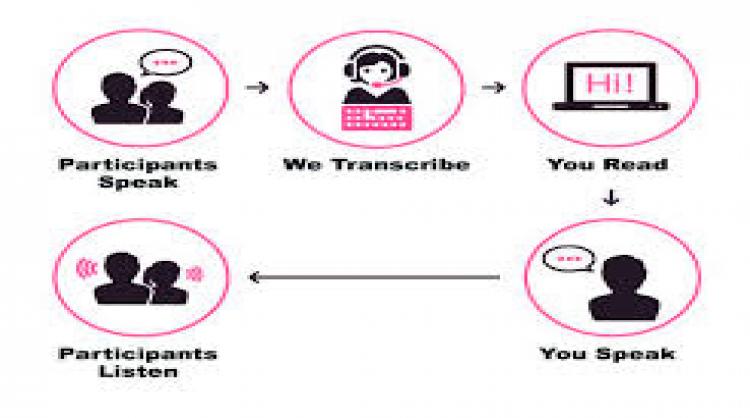FCC Opens Rulemaking to Update IP Relay Provider Compensation
August 13, 2021 | by Andrew Regitsky

On August 5, 2021, the FCC initiated a Notice of Proposed Rulemaking (NPRM) in Docket 03-123 to update the compensation methodology for Internet Protocol Relay Service (IP Relay). According to the Commission,
IP Relay is a form of Telecommunications Relay Service (TRS) that allows an individual with a hearing or speech disability to communicate with voice telephone users by transmitting text via the Internet. The text transmission is delivered to a relay call center, where a communications assistant converts the user’s text to speech for the hearing party and converts that party’s speech to text for the IP Relay user. (FCC August 5, 2021, News Release).
IP Relay providers are supported entirely by the Interstate TRS Fund. The current IP Relay compensation period ends on June 30, 2022. As such, the goal of the NPRM is to ensure that IP Relay is provided in the most efficient manner and that providers can recover reasonable costs.
The current methodology for determining IP Relay provider compensation was adopted in 2007, when the Commission revised the compensation rules for all relay services supported by the TRS Fund.
In 2007, the Commission adopted a revised, price-cap-like methodology for IP Relay. Under this methodology, a base level of per-minute compensation is approved based on the weighted average of providers’ reasonable costs and remains effective for a three-year period. In addition, an adjustment factor is set to be applied to the base amount to determine per-minute compensation for the second and third years. The adjustment factor reflects an increase due to inflation, offset by a decrease due to cost efficiencies. The base compensation amount also is subject to upward adjustment to account for exogenous costs, i.e., those costs beyond the control of the IP Relay providers that are not reflected in the inflation adjustment. At the end of each three-year period, the base compensation level is reset based on average provider costs. (Docket 03-123, NPRM, released August 5, 2021, at p. 2).
The FCC has previously adopted a cost-based compensation methodology for the other two authorized forms of Internet-based TRS, video relay service (VRS) and Internet Protocol Captioned Telephone Service (IP CTS). This methodology included recovery of reasonable costs while permitting recovery of an operating margin (a designated percentage of annual provider expenses) in lieu of return on investment. The proposals for IP relay provider compensation are similar. They include broadening the range of costs eligible for compensation, while also seeking industry comments on how often to reexamine costs and what kind of mid-period adjustments should be made, as well as any possible alternative approaches to determining compensation.
For example, the Commission is considering removing the ban on no compensation for IP Relay outreach and education costs, which include informing the public of IP relay. Similarly, the agency is now considering allowed recovery of the general overhead costs of providing IP Relay service.
The FCC proposes to once again adopt a multi-year period for IP Relay compensation, finding this to be beneficial.
In 2017, the Commission determined that multi-year compensation periods are “long enough to offer a substantial degree of rate stability, thereby (1) giving providers certainty regarding the future applicable rate, [and] (2) providing [a] significant incentive for providers to become more efficient without incurring a penalty,” as cost reductions would not result in a reduced compensation level during the remainder of the multi-year compensation period. (Id., p. 13).
The Commission asks whether the rate period should stay at 3 years or be extended to 5 years. It also asks if it should continue mid-period adjustments based on inflation and exogenous costs.
Finally, the FCC seeks comments on whether it should adopt the T Mobile recommendation for a hybrid of the Multi-State Average Rate Structure (MARS) approach and a cost-based methodology. The MARS compensation methodology is based on the results of competitive bidding to obtain service contracts for state TRS programs, thus the resulting per-minute compensation levels reflect the lowest compensation levels at which service providers are willing to incur the costs of providing TTY-based TRS.
Industry comments are due 30 days after the NPRM appears in the Federal Register, while reply comments are due 30 days later.

